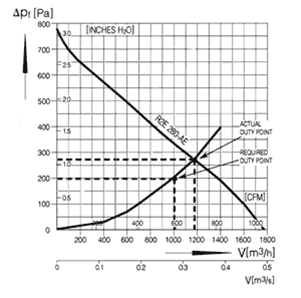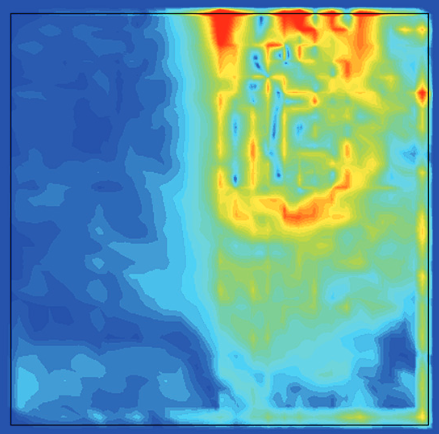Xilinx Patent for Critical Tj Prediction
A recently issued patent describes a process by which the critical IC temperature (junction temperature, Tj) can be determined in an end user environment. A critical junction temperature is one that, should the IC temperature go beyond it, will continue to increase in a thermal runaway scenario. In other words the environment in which the IC is operating can’t get the heat out quick enough. The thermal equivalent of an uncontrolled nuclear fission event.
Thermal runaway generally leads to fusing, a melting of the conductor. Temperature increases -> electrical resistivity increases -> Joule heating power dissipation increases -> temperature increases … and so on. As the name indicates, this is precisely how a fuse works. Same effect in digital electrical circuitry can have disastrous consequences.
The power dissipated in a IC comprises two parts, a dynamic part (due to all the turning off and on of the transistors including frequency and capacitive affects) and a static, or leakage, part (that is the power that is drawn when the transistors are in an off state). The static proportion increases with smaller transistor sizes AND is temperature dependent. Temperature first affects functional performance then, as runaway thermal feedback is encountered, it quickly escalates to a full smoking thermal catastrophe. All of which is shown in this (albeit a bit old) video:
 The key to determining the point at which runaway might occur is consideration of both the static power vs. temperature relationship AND the system performance in same terms, determining where they meet, and this is what the patent focusses on. This bears a striking and quite lovely similarity to fan sizing, where the fan P Q curve intersects with the system P Q behaviour is the operating point of the fan, and thus also of the system.
The key to determining the point at which runaway might occur is consideration of both the static power vs. temperature relationship AND the system performance in same terms, determining where they meet, and this is what the patent focusses on. This bears a striking and quite lovely similarity to fan sizing, where the fan P Q curve intersects with the system P Q behaviour is the operating point of the fan, and thus also of the system.

Be it fan sizing or specification of a temperature dependent power dissipation, FloTHERM can simulate it all. Quickly, early and easily.
This white paper on our chip-package solutions will hopefully provide some additional insights.
19th September 2014, Ross-on-Wye


